Counting the Hatch
Why we've been so quiet the last month
We hatched 19 geese this year. Half of all the eggs we incubated ended up hatching. That would be a good rate with proven breeding stock, for geese in their first season and farmers that have never hatched a single bird -- it's a better outcome than we could have hoped. And not one we were prepared for.
Until the past couple weeks we have been fortunate to get loads of rain. The willow harvest this year is looking to be better than ever. Here's a side by side of the field on the same date this year and last.
Bird-complexity increases in relation to the number of bird groups, the total number of birds is less important. One group of 50 is much easier than five separate groups of 10 each. Over the past six weeks we've had as many as 10 groups, and individual groups changing week to week. It was too many. We are now down to 3. And two of them are in the same field — much less work.
To help with the complexity and shifting needs of the birds, my dad designed a wheel system for our bird coops. Now we can tow them around with the lawnmower.
For at least two weeks from birth, geese need to be kept in a safe shelter at about 90 degrees Fahrenheit. This setup, for those unfamiliar with poultry rearing is called a brooder. For us the brooder needs to be in the garage. Geese produce an unfathomable quantity of fecal matter, slippery and brown. Even in their first week of life they soil their litter as fast as I can lay it down. What this amounts to, in their first few weeks in the brooder, is a thick 32 square foot layer cake made from pine shavings and fecal matter. We finished the season with seven cakes.
Charlie's (my brother) bees have been thriving. He went from two hives last year to six this year. He anticipates a bounty of honey. We have already bartered a goose for a share.
Since May we have been trying to reduce the bad vibes in our chicken flock by slaughtering (and eating) aggressive birds. We slaughtered three ourselves, which made no difference in the flock violence. But after 25 went to slaughter, we are down to one rooster. With those 25 went most of the aggression.
Sadly our Flower Windsock flew it's last flight one evening last month. Sudden gusts over 50 miles per hour were too much for it and it tore away.
At last, the season's chaos is starting to settle down. We have 64 birds, mostly geese in three groups I can now focus on turning grass into food.


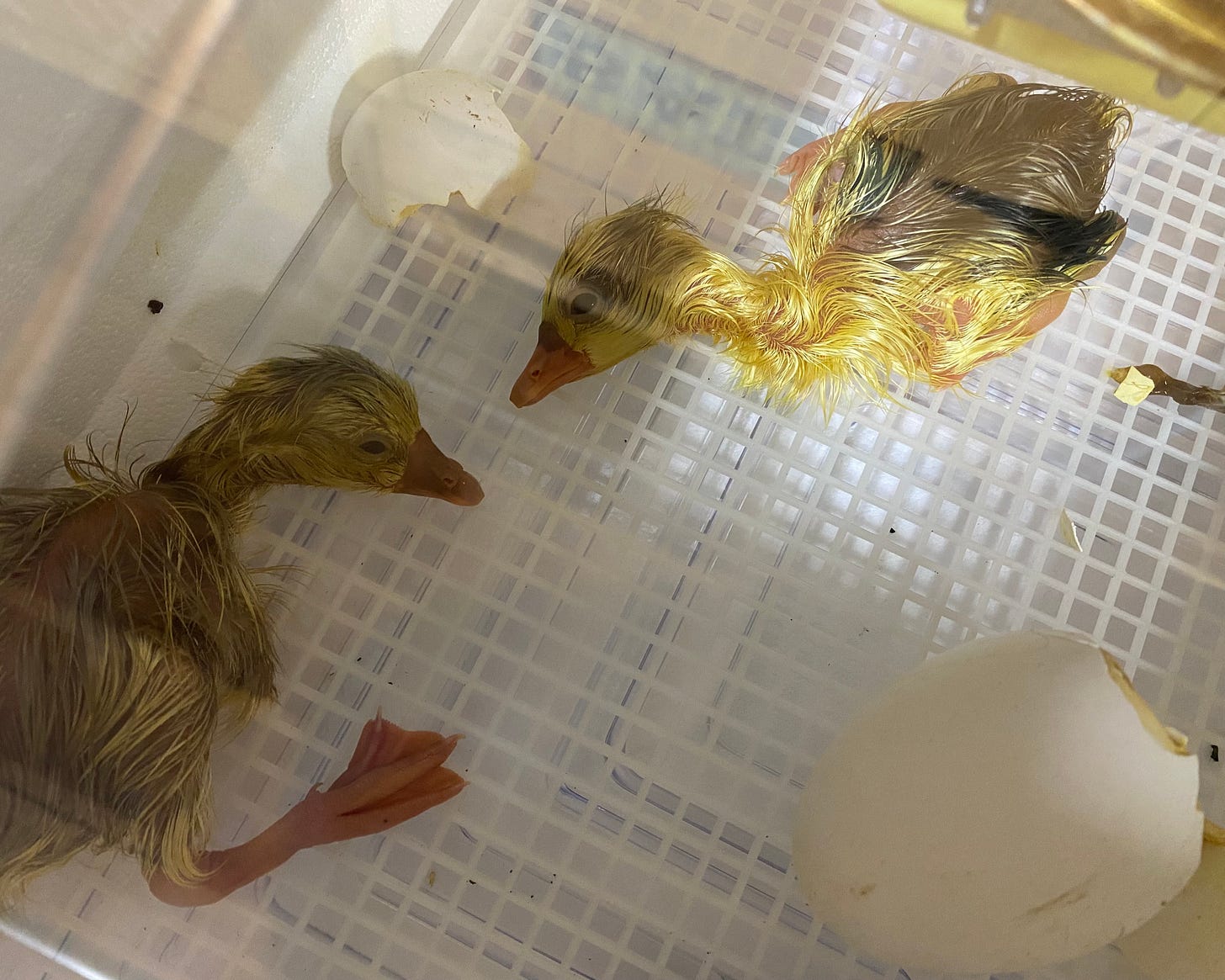
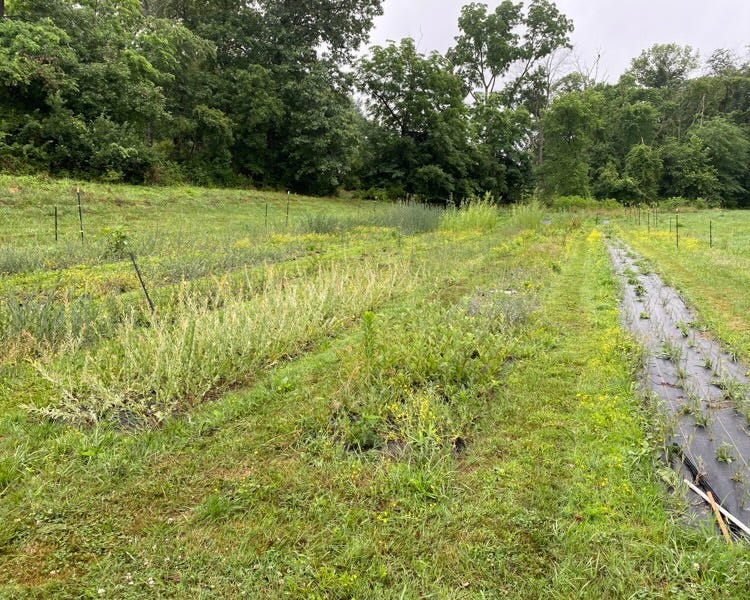
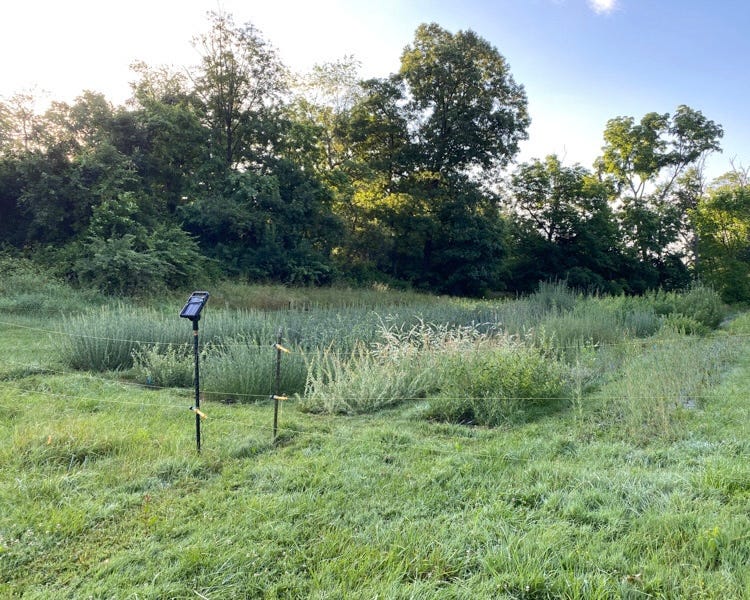
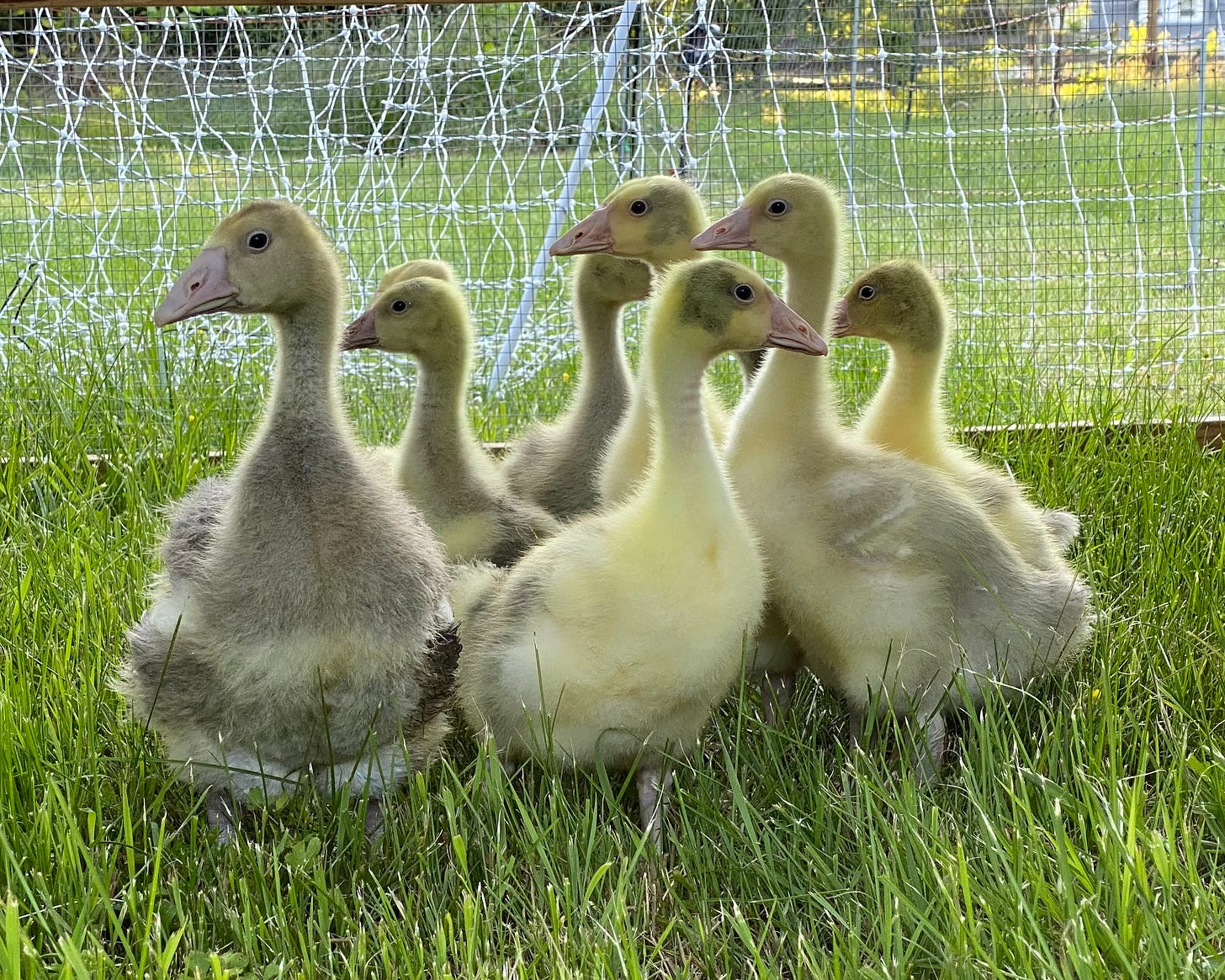

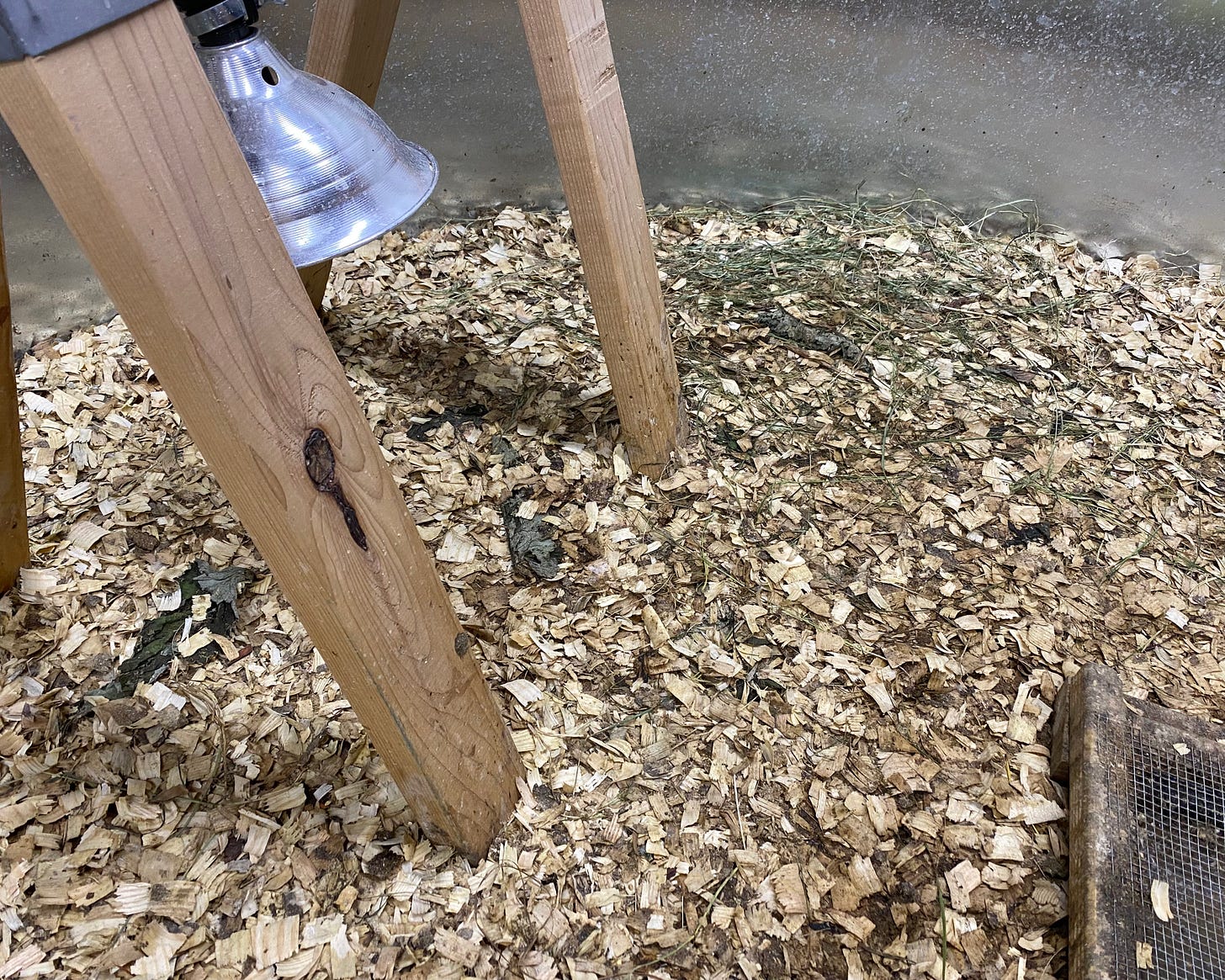

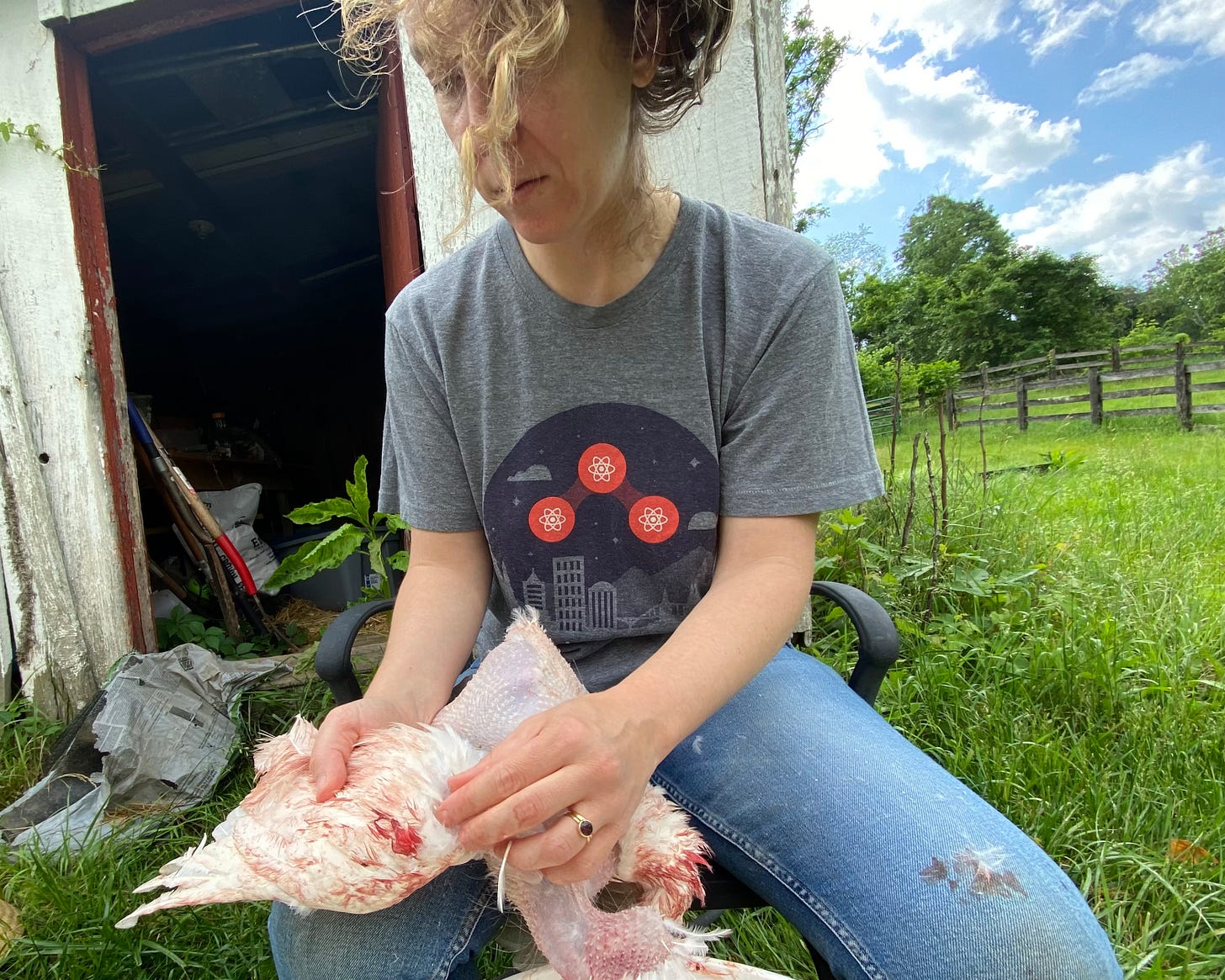
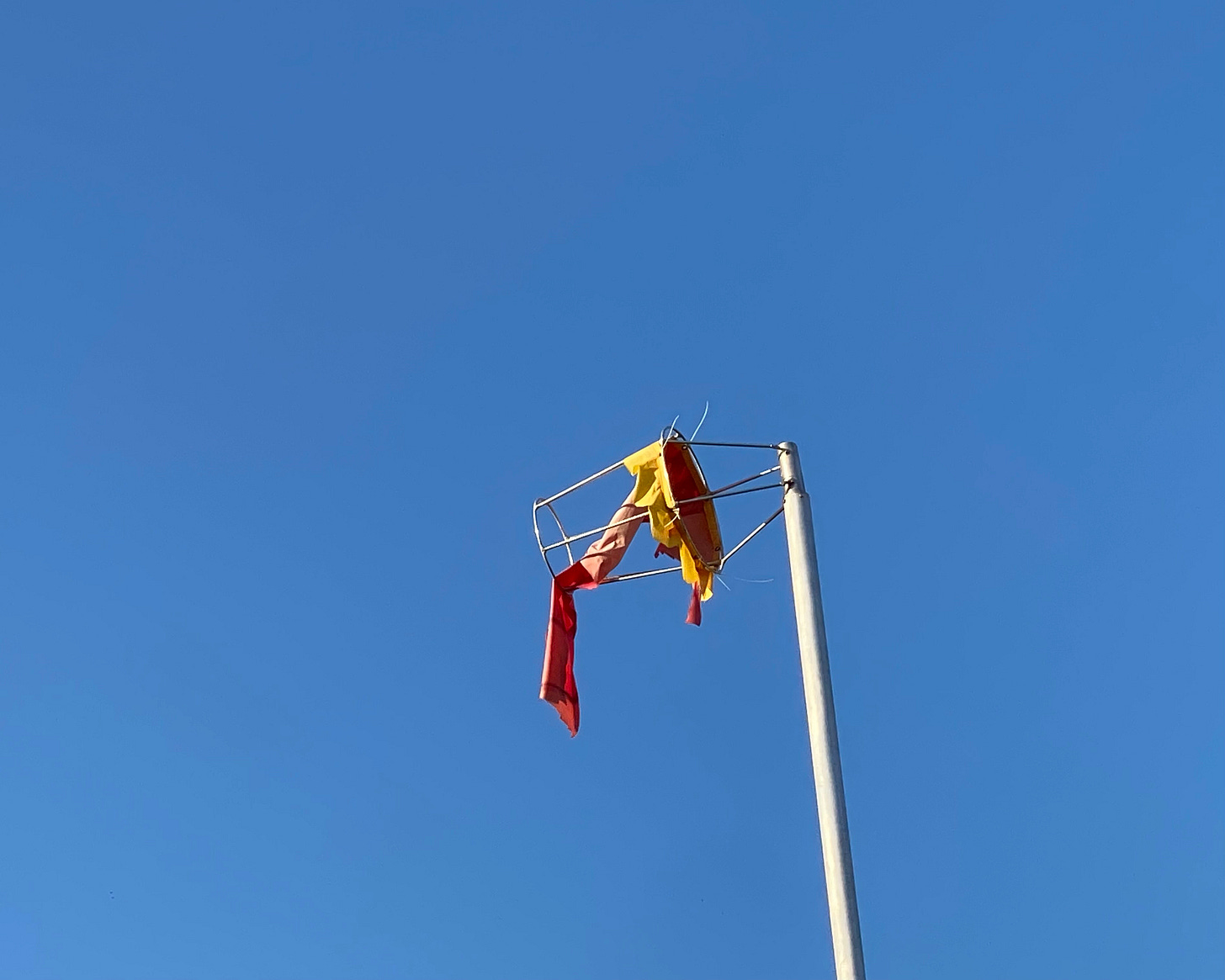
We missed your writings! How can you make mere farming a priority over typing?! Keep them updates coming
Wow. That’s a lot. Keep on keeping’ up!!